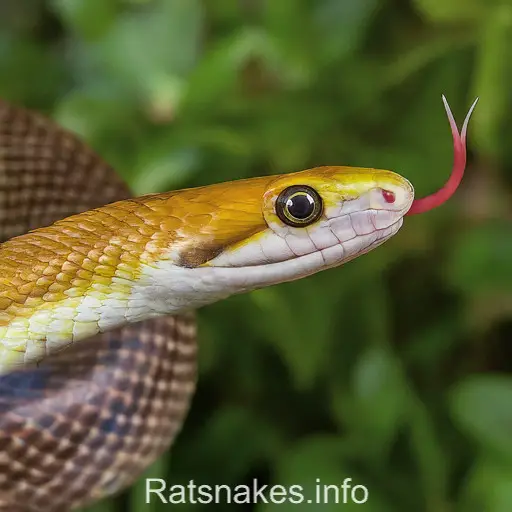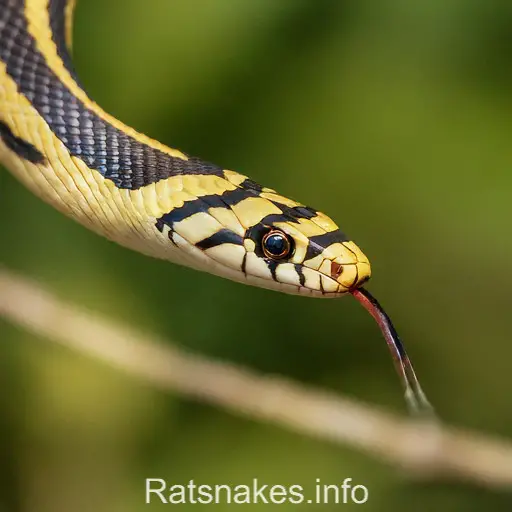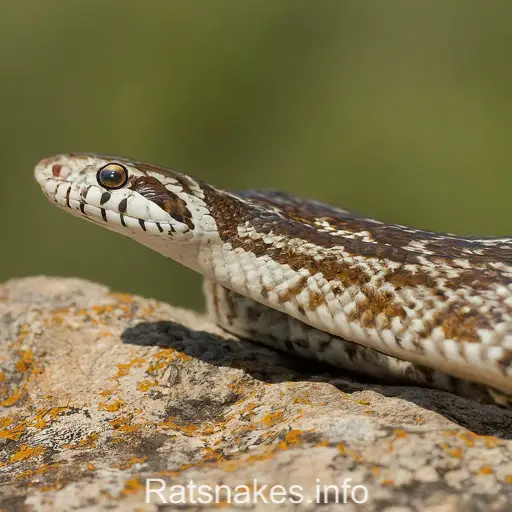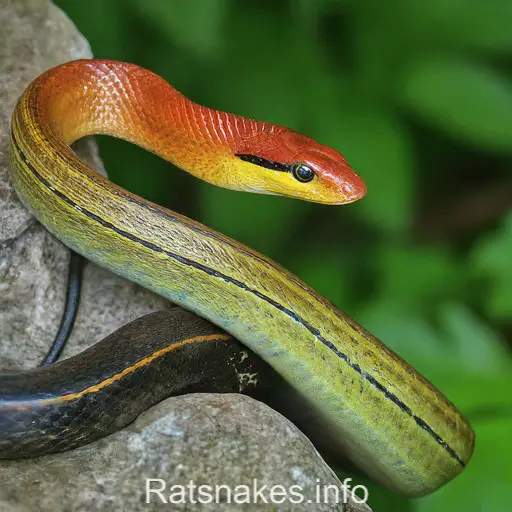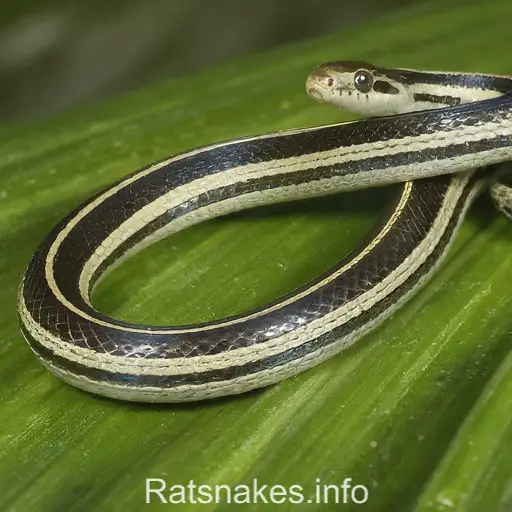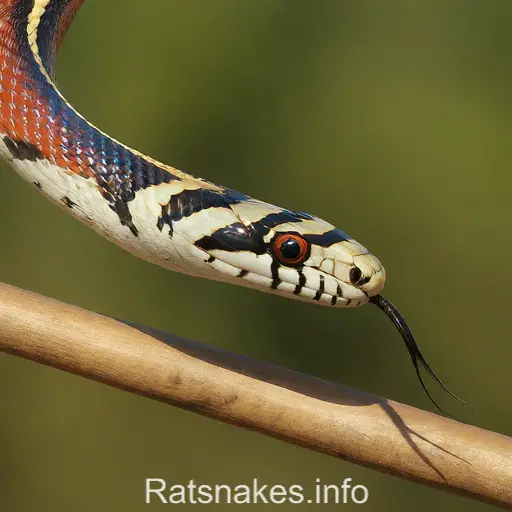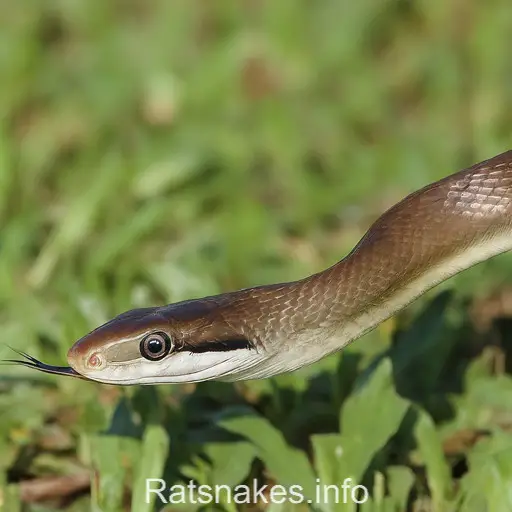
Ptyas fusca, commonly known as the Brown Rat Snake, is a fascinating species that inhabits various regions in Asia. With its sleek body and distinctive coloring, this snake is a sight to behold in the wild. We’ll delve into the unique characteristics and behaviors of Ptyas fusca in this article.
As avid nature enthusiasts, we are always eager to learn more about the diverse wildlife that shares our planet. Ptyas fusca is no exception, captivating us with its hunting techniques and adaptability to different environments. Join us as we explore the world of the Brown Rat Snake and uncover the secrets of this remarkable reptile.
From its hunting habits to its role in the ecosystem, Ptyas fusca plays a crucial part in the delicate balance of nature. By understanding and appreciating this snake species, we gain a deeper insight into the intricate web of life that surrounds us. Let’s embark on this journey together and discover the wonders of Ptyas fusca.
Overview of Ptyas Fusca
Ptyas fusca, commonly known as the Brown Rat Snake, is a fascinating species found in various regions across Asia. This non-venomous colubrid snake is recognized for its slender body, which can grow up to 2.5 meters in length. Brown Rat Snakes have distinctive scales with a glossy appearance, typically in shades of brown, gray, or olive.
These snakes are skilled climbers and proficient swimmers, allowing them to thrive in diverse habitats such as forests, grasslands, and agricultural areas. Ptyas fusca is known for its excellent hunting capabilities, preying on small mammals, birds, and reptiles. Their adaptability to different environments has contributed to their widespread distribution in countries like India, China, and Southeast Asia.
In terms of behavior, Brown Rat Snakes are primarily diurnal, meaning they are most active during the day. Their agile nature and swift movements make them efficient hunters, capable of catching their prey with remarkable speed. Despite their intimidating appearance, these snakes play a crucial role in controlling rodent populations, thus helping to maintain a balance in the ecosystem.
Overall, understanding the characteristics and behaviors of Ptyas fusca is essential in appreciating the intricate web of life in which they play a vital role.
Habitat and Distribution
When it comes to the Habitat and Distribution of the Brown Rat Snake, Ptyas fusca, we find them predominantly in various regions across Asia. These adaptable snakes can thrive in a range of environments, from grasslands to forests and even human-modified areas.
- Habitat:
- Grasslands
- Forests
- Human-modified areas
In Asia, you’ll commonly encounter the Brown Rat Snake in countries like India, China, Bangladesh, Nepal, and Malaysia. Their distribution in these regions plays a significant role in controlling rodent populations, contributing to the ecosystem balance.
Physical Characteristics
- Ptyas fusca, commonly known as the Brown Rat Snake, is a large non-venomous snake species with impressive physical characteristics.
- These snakes can reach lengths of over 7 feet, showcasing their substantial size within the snake kingdom.
- Their slender bodies are usually brown in color with darker blotches along the length of their back, aiding in camouflage within their natural habitats.
- Ptyas fusca’s eyes are large and help them with vision to hunt for prey efficiently.
- They have a distinct tapered head that sets them apart from other snake species, allowing for easier movement through various terrains.
- Despite their size, Brown Rat Snakes are known for their agile and fast movements, making them efficient predators in their ecosystem.
- These physical characteristics play a significant role in the survival and hunting strategies of the Ptyas fusca species.
Behavior and Hunting Techniques
When it comes to Ptyas fusca’s behavior and hunting techniques, we witness some fascinating adaptations in these non-venomous predators:
- Nocturnal Hunters: Brown Rat Snakes are primarily nocturnal, using the cover of darkness to actively hunt for prey.
- Ambush Predators: They rely on their excellent camouflage to ambush unsuspecting prey, waiting patiently for the right moment to strike.
- Constriction Strategy: Upon catching their prey, Ptyas fusca employ constriction to overpower and subdue it before consuming it whole.
- Variety in Diet: These snakes have a varied diet, feeding on small mammals, birds, lizards, and even eggs, showcasing their adaptability as hunters.
- Highly Agile: Despite their size, Brown Rat Snakes are remarkably agile, swiftly moving through trees and vegetation to capture prey.
- Sneaky Approach: Utilizing their stealth and patience, these snakes slowly approach their target, ensuring a successful hunt.
- Efficient Hunters: Their hunting techniques are precise and efficient, enabling them to secure food without wasting unnecessary energy.
- Leveraging Physical Traits: The distinct physical characteristics of these snakes play a crucial role in their hunting success, making them formidable predators in their ecosystem.
- Survival Instincts: Ptyas fusca‘s behavior and hunting techniques are honed through evolution, allowing them to thrive in various environments and adapt to changing circumstances.
By understanding these aspects of Ptyas fusca, we gain valuable insights into their role as skilled hunters in the natural world.
Role in the Ecosystem
Ptyas fusca plays a crucial Role in the Ecosystem as an effective predator that helps maintain the balance of species. By preying on small mammals, birds, and eggs, they control the population of these animals, preventing overpopulation that could disrupt the ecosystem. Brown Rat Snakes also contribute to pest control by keeping rodent populations in check, which can help reduce damage to crops and human settlements.
Their behavior as nocturnal hunters ensures that they target prey when other animals are less active, reducing competition for resources. Additionally, Ptyas fusca’s ability to adapt to various environments means they play a versatile role in different ecosystems, showcasing their importance in maintaining the delicate balance of nature.
Through their predatory actions, Brown Rat Snakes aid in controlling disease vectors by keeping populations of animals like rodents in check. This helps reduce the spread of diseases that these animals may carry. Overall, Ptyas fusca makes significant contributions to the ecosystem, highlighting their position as an integral part of the natural world.
Key Takeaways
- Ptyas fusca, also known as the Brown Rat Snake, is a non-venomous snake species found in various regions across Asia with distinctive physical characteristics.
- These snakes are skilled climbers and proficient swimmers, thriving in diverse habitats and possessing excellent hunting capabilities, preying on small mammals, birds, and reptiles.
- Brown Rat Snakes are primarily diurnal, agile hunters contributing to ecosystem balance by controlling rodent populations, thus playing a crucial role in the intricate web of life.
- Their adaptability to different environments, ranging from grasslands to forests and human-modified areas, showcases their versatility and importance in maintaining ecosystem balance.
- Ptyas fusca showcases fascinating behaviors and hunting techniques such as being nocturnal hunters, employing constriction to overpower prey, and leveraging physical traits to be efficient predators.
- By preying on small mammals, birds, and eggs, Brown Rat Snakes help control overpopulation, contribute to pest control, and aid in reducing the spread of diseases carried by rodents, making them integral to the ecosystem.
Conclusion
Ptyas fusca, the Brown Rat Snake, emerges as a vital predator in the ecosystem, maintaining species balance by preying on small mammals, birds, and eggs. Their nocturnal hunting habits and adaptability enable them to thrive in diverse environments, contributing to pest control and disease prevention by managing rodent populations. By controlling disease vectors, Ptyas fusca plays a crucial role in upholding the delicate balance of nature.

